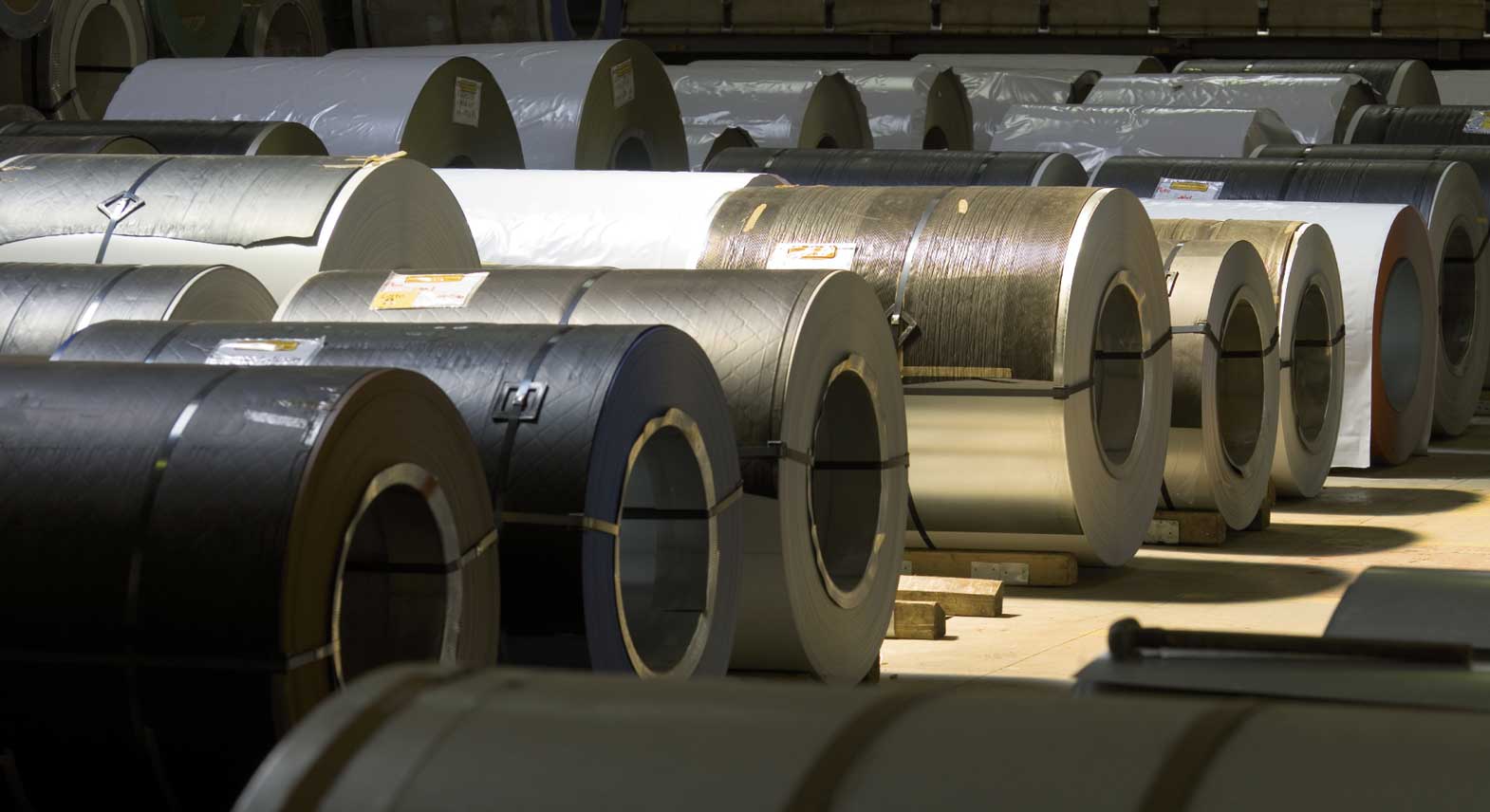Domestic prices for hot-rolled coil in Northern Europe moved further down on Aug. 23 as mills cut prices in an attempt to spur buyers’ interest.
Platts assessed hot-rolled coil in Northern Europe down Eur15 day on day at Eur710/mt ex-works Ruhr on Aug. 23.
A trader and a producer reported deals around Eur700-720/mt ex-works Ruhr.
A German service center reported unconfirmed deals settled at Eur700/mt ex-works Ruhr, but said the price is below production costs taking into account rising energy prices, adding that reported offers were at about Eur780/mt delivered Germany.
An Italian trader said that German mills have traded hot-rolled coil at Eur750/mt delivered Northern Europe, the equivalent of about Eur700/mt ex-works Ruhr. A Southern European distributor estimated tradable value at Eur720/mt ex-works Ruhr.
Lower prices, however, have not triggered demand recovery. Distributors have sufficient inventories of coil products and they have been holding back from restocking due to a negative price trend combined with limited end-consumers’ demand.
“Most mills try to hunt orders. But lower prices fail to stimulate the demand,” a steelmaker said. “Service centers work with high stocks load, so they feel comfortable holding back from new deals. Some mills cut prices regardless of the fact that lower prices will not support the demand, as they want to fill book minimum volumes for the fourth quarter to allow them to run the furnaces.”
In addition, steelmakers were reported to deliver more material to affiliated service centers to maintain production rates. As a result, those service centers have been showing less interest in imported coil, as those volumes have been substituted by local material.
Demand from end-consumers, particularly from white goods and automotive industries, was also muted. Carmakers continue to deal with a reduced supply of components and semiconductors, sources said.
“Buyers have high stocks and there is little hope for demand and price recovery in the current economic situation,” a German service center said. “I think the ability of average people to buy a new car is a bigger issue than semiconductors shortage.”
European steelmakers had already cut output earlier this summer, but the reductions were not enough to balance low demand and supply. Some market participants believe that mills would have to cut production further soon, but they need to evaluate the market situation in September when buyers would return to the market after the summer lull.
Some sources, however, had a more positive outlook for the market, expecting demand and prices to see some revival in September, following the traditional yearly cycle.
“Distributors have stocks, but they will return to the market to book whatever volumes they need. Then we will see actual prices,” an Italian trader said.
Platts is part of S&P Global Commodity Insights.
— Maria Tanatar






